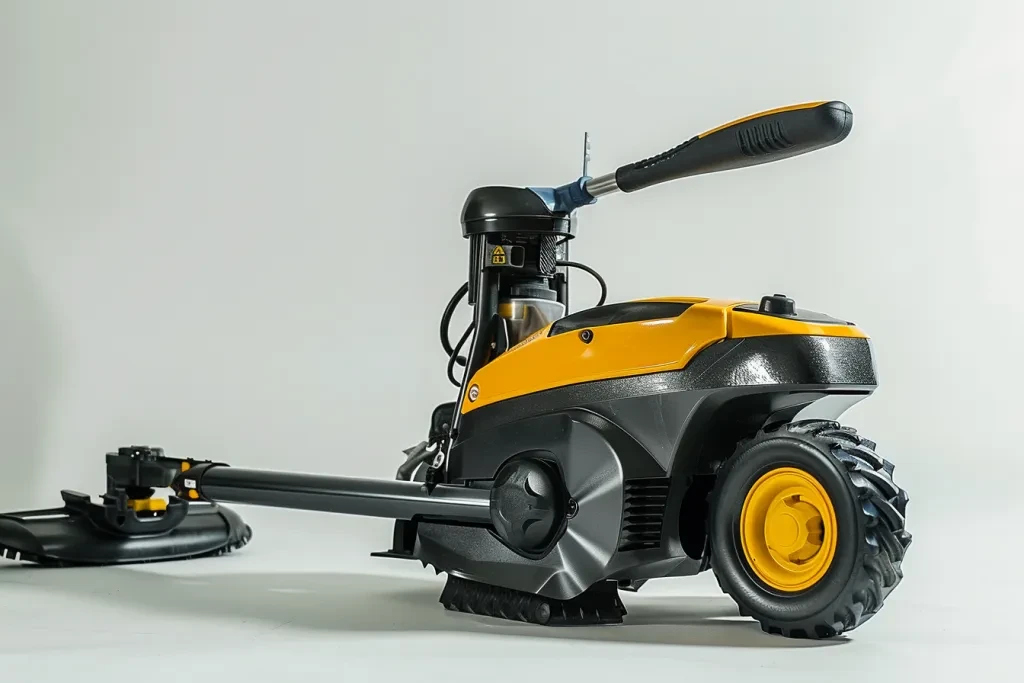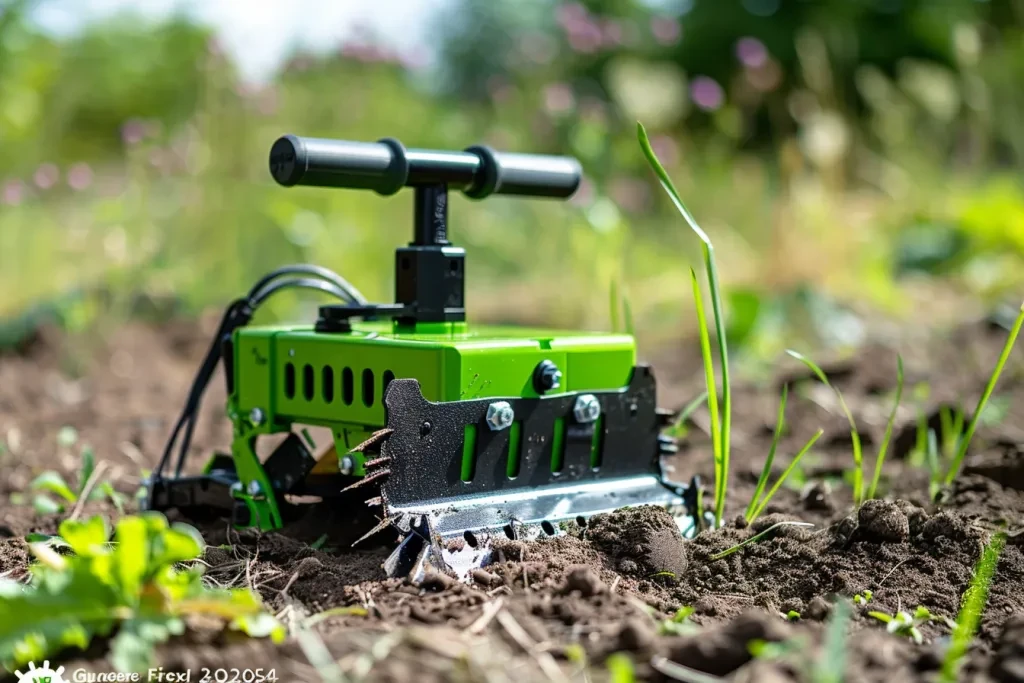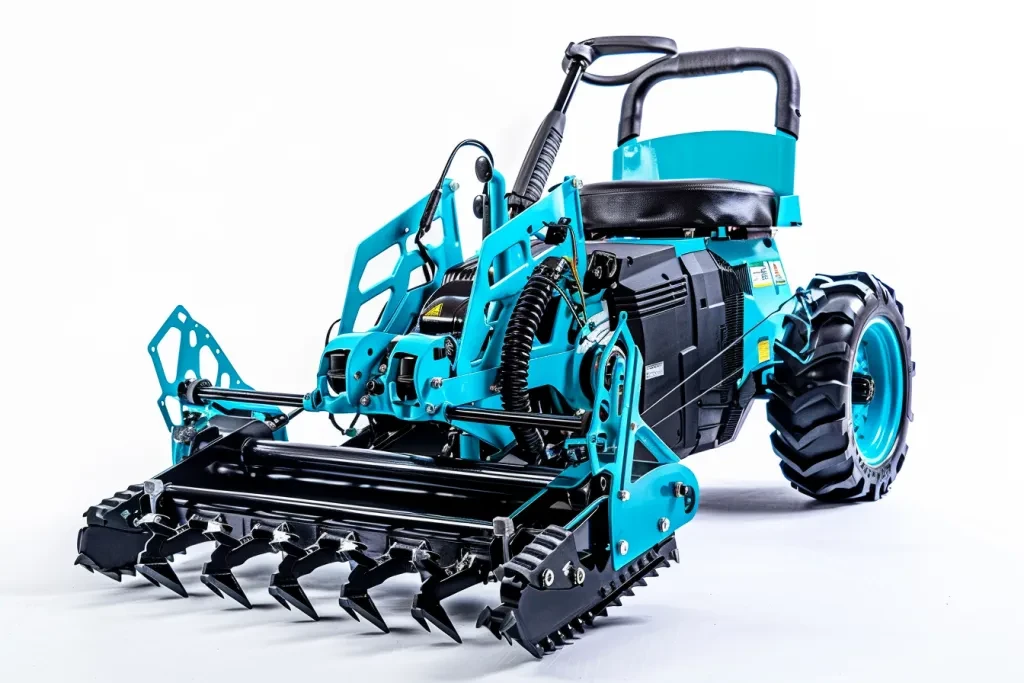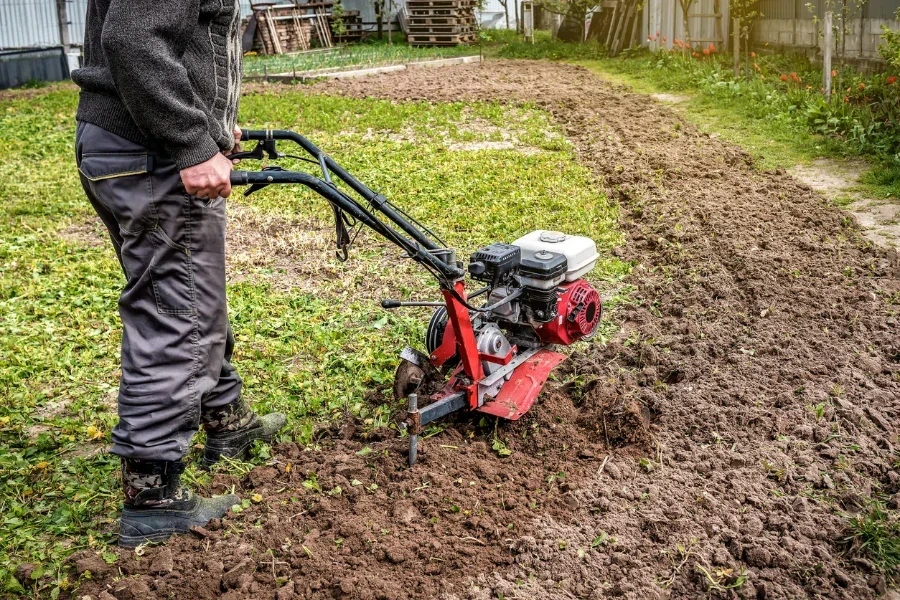In 2024, the demand for battery-powered tillers continues to grow, driven by the preference for eco-friendly gardening tools. For business buyers, staying updated on the latest trends and innovations in this sector is essential for informed purchasing decisions. This article explores key considerations when selecting battery-powered tillers to ensure you offer efficient and sustainable options to your customers.
Table of Contents:
– Market Overview of Battery Powered Tillers
– In-Depth Analysis of Battery Powered Tillers Market
– Key Factors When Selecting a Battery Powered Tiller
– Exploring the Latest Technological Features
– Maintenance and Longevity of Battery Powered Tillers
– Environmental Impact and Sustainability
– Wrapping Up
Market Overview of Battery Powered Tillers

The global market for battery-powered tillers is set to experience significant growth in the coming years. Recent insights indicate that the demand for eco-friendly and efficient gardening equipment is a major driver of this growth. The market is projected to reach USD 1.2 billion by 2025, with a compound annual growth rate (CAGR) of 6.5% from 2024 to 2029. This increase is largely due to the rising adoption of battery-operated tools in both residential and commercial sectors.
North America is expected to lead the market, capturing about 40% of the total market share by 2025. This growth is fueled by high disposable incomes and a growing trend in home gardening. Europe is close behind, with a projected market share of 30%, supported by strict environmental regulations and a preference for sustainable products. The Asia-Pacific region is also poised for significant growth, driven by an expanding middle class and increased awareness of eco-friendly gardening solutions.
Key market players like Greenworks, Ryobi, and Makita are investing heavily in research and development to improve the efficiency and battery life of their products. Innovations in battery technology, such as lithium-ion batteries with higher energy density, are expected to further boost the market. The integration of smart features, like app-based controls and automated tilling functions, is also gaining popularity among consumers.
In-Depth Analysis of Battery Powered Tillers Market

Battery-powered tillers are transforming the gardening and landscaping industry with their eco-friendly and efficient performance. Key performance indicators for these tillers include battery life, power output, and ease of use. Many high-end models feature lithium-ion batteries that provide longer run times and faster charging. Typically, a battery-powered tiller can operate for up to 90 minutes on a single charge and recharge within 2 hours.
Market share dynamics show that residential users make up the largest segment, accounting for 60% of total sales. Commercial users, including landscaping companies and municipal bodies, comprise the remaining 40%. Economic factors such as rising labor costs and increasing fuel prices are driving consumers towards battery-operated alternatives. Additionally, the emphasis on reducing carbon footprints is encouraging the adoption of battery-powered tillers.
Consumer behavior is shifting towards more sustainable and user-friendly gardening solutions. Seasonal demand peaks during spring and summer when gardening activities are at their highest. Distribution channels are evolving, with a growing preference for online platforms due to their convenience and wider product range. E-commerce giants like Amazon and specialized gardening equipment websites are becoming popular sources for purchasing these tools.
Recent market innovations include the development of lightweight and compact tillers that are easy to maneuver and store. Companies are also focusing on ergonomic designs to reduce user fatigue during prolonged use. The product lifecycle indicates that while the market is still in the growth phase, it is rapidly approaching maturity as more consumers recognize the benefits of battery-powered tillers. Digitalization is playing a significant role, with manufacturers offering app-based controls and real-time monitoring features.
Environmental regulations are tightening, especially in regions like Europe and North America, where governments are promoting the use of eco-friendly gardening tools. Customer concerns such as limited battery run time are being addressed through continuous improvements in battery technology. Brand strategies focus on sustainability, performance, and innovation to stand out from competitors. Niche markets like urban gardening and small-scale organic farming are also emerging, offering new growth opportunities for manufacturers.
Key Factors When Selecting a Battery Powered Tiller

Power and Performance
When choosing a battery-powered tiller, consider its power and performance. The motor capacity, usually measured in volts (V), indicates the tiller’s power. A higher voltage often means a stronger motor, suitable for tougher soil and larger areas. For example, a 40V tiller is generally better for heavy-duty tasks than a 20V model. Torque is also important as it affects how well the tines can penetrate the soil. High torque is crucial for breaking up compacted soil and handling difficult terrains.
Battery life and runtime are key performance indicators. A longer battery life means you can work longer without recharging, which is useful for larger gardens. Modern tillers often use lithium-ion batteries for their efficiency and longer lifespan. Consider the charging time too; some models offer fast-charging options to reduce downtime.
Design and Ergonomics
The design and ergonomics of a tiller impact user comfort and ease of use. A good tiller should have an adjustable handle height to suit different users, reducing strain on the back and arms. Ergonomic grips and controls improve maneuverability and allow for precise tilling in tight spaces.
Weight is another important factor. Lighter tillers are easier to handle and transport, ideal for those who may struggle with heavier equipment. However, balance weight with stability; a very light tiller might lack the traction needed for effective soil penetration. Some models feature foldable handles for compact storage, which is useful if space is limited.
Durability and Build Quality
Durability and build quality ensure a tiller’s longevity. Materials like high-grade steel for tines and sturdy plastic or metal for the body enhance durability. Hardened steel tines are preferred as they resist wear from rocks and debris.
Build quality also includes the battery housing and connections, which should withstand outdoor conditions and prevent moisture ingress. A well-built tiller has a sturdy frame to endure regular use without losing performance. Models with protective battery casings offer added durability by shielding the battery from impacts and environmental factors.
Safety Features and Certifications
Safety is crucial when using any power tool, including battery-powered tillers. Look for features like automatic shut-off mechanisms that activate if the tiller is left unattended or encounters an obstruction. This not only prevents accidents but also conserves battery life. Some models have safety guards around the tines to protect users from debris and accidental contact with the blades.
Certifications from recognized safety organizations, such as Underwriters Laboratories (UL) or European Conformity (CE), provide additional assurance of a tiller’s safety and reliability. These certifications indicate the product meets specific safety standards. Choose models with clear user manuals for guidance on safe operation and maintenance.
Price Range and Budget Considerations
Battery-powered tillers vary in price based on features, brand, and build quality. Entry-level models may start around $100, while high-end models with advanced features can exceed $500. When budgeting, consider your garden’s needs and how often you’ll use the tiller. Investing in a higher-quality model may offer better performance and durability, saving money on repairs or replacements over time.
Consider the cost of additional batteries or accessories, which can add to the overall expense. Some manufacturers offer package deals with extra batteries or chargers, providing better value. Checking for warranty coverage is also wise, as it protects against defects and offers peace of mind.
Exploring the Latest Technological Features

Battery-powered tillers have advanced technologically, improving efficiency and user experience. Smart technology integration allows users to monitor battery levels and performance via smartphone apps, providing real-time updates and maintenance reminders.
Brushless motors are another popular feature. They offer higher efficiency, reduced noise, and longer lifespan compared to traditional motors. They also require less maintenance, making them an attractive option for those seeking a low-maintenance, high-performance tiller.
Some models include advanced battery management systems that optimize power usage and extend battery life. These systems adjust power output based on the resistance encountered by the tines, ensuring efficient energy use and longer runtime. This is especially beneficial for large areas or challenging soil conditions.
Maintenance and Longevity of Battery Powered Tillers

Proper maintenance extends a tiller’s lifespan and ensures efficient operation. Regularly clean the tines and body to prevent soil and debris buildup, which can affect performance and cause corrosion. Check battery connections and housing for wear or damage, as these impact reliability.
Store the tiller in a dry, sheltered location to protect it from environmental damage. If not in use for a while, remove the battery and store it separately in a cool, dry place to prevent degradation.
Routine inspections and servicing can identify potential issues early. Some manufacturers offer maintenance kits or services with replacement parts and professional servicing, which can be a worthwhile investment for maintaining performance and longevity.
Environmental Impact and Sustainability

Battery-powered tillers offer environmental benefits over gas-powered models. They produce zero emissions during operation, reducing their carbon footprint and contributing to cleaner air. This makes them a good choice for eco-conscious consumers and those in areas with strict emissions regulations.
Rechargeable batteries reduce reliance on fossil fuels, enhancing sustainability. Consider the environmental impact of battery disposal; many manufacturers offer recycling programs to ensure responsible disposal.
The quiet operation of battery-powered tillers minimizes noise pollution, making them suitable for residential areas with noise restrictions. This benefits both the user and the community, promoting a harmonious living environment.
Wrapping Up
Battery-powered tillers combine power, convenience, and environmental benefits, making them a valuable tool for modern gardening.





 বাংলা
বাংলা Nederlands
Nederlands English
English Français
Français Deutsch
Deutsch हिन्दी
हिन्दी Bahasa Indonesia
Bahasa Indonesia Italiano
Italiano 日本語
日本語 한국어
한국어 Bahasa Melayu
Bahasa Melayu മലയാളം
മലയാളം پښتو
پښتو فارسی
فارسی Polski
Polski Português
Português Русский
Русский Español
Español Kiswahili
Kiswahili ไทย
ไทย Türkçe
Türkçe اردو
اردو Tiếng Việt
Tiếng Việt isiXhosa
isiXhosa Zulu
Zulu